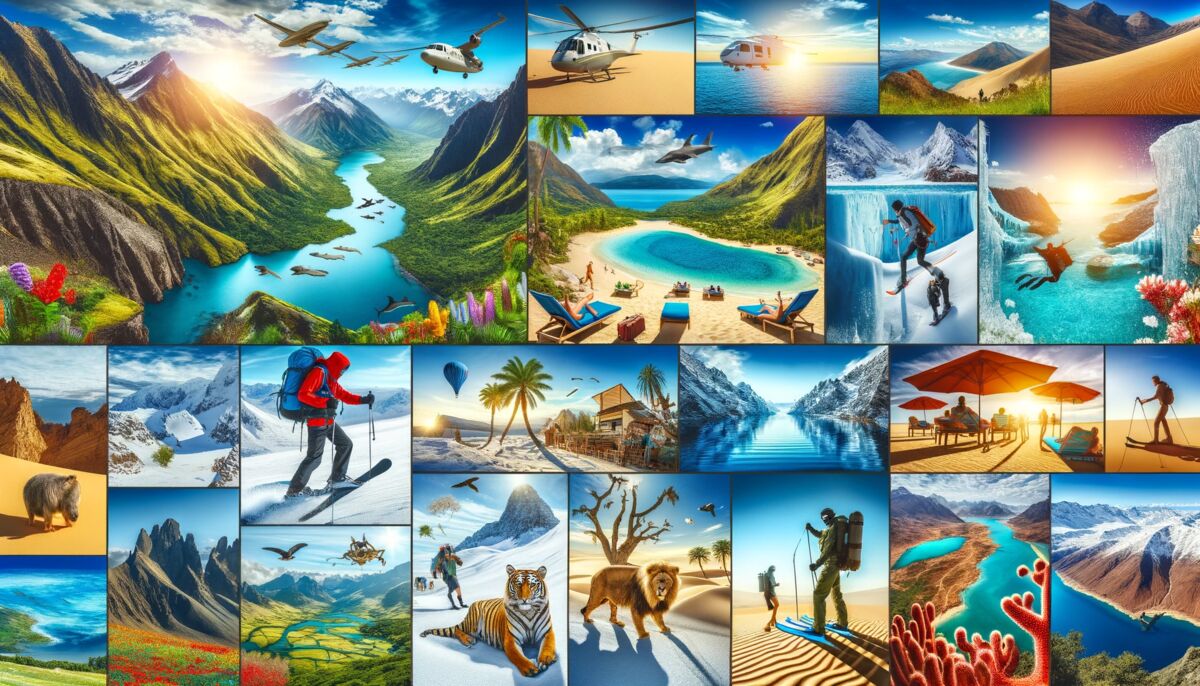The Cultural Tapestry of Nepal
Nepal, a kaleidoscope of traditions and cultures, is a country that boasts an incredibly diverse cultural landscape. Between the towering peaks of the Himalayas and the steamy jungles of the Terai, lies a nation tethered to its past yet rapidly embracing the winds of modernity. Join us as we explore the vibrant heritage and traditions that make Nepal a truly captivating destination.
Religious Harmony and Celebrations
Harboring a mélange of religious beliefs, Nepal stands as a testament to religious harmony, with Hinduism and Buddhism being the predominant faiths. Intricately carved temples and stupas dot the landscape, serving not just as places of worship but as the epicenters of daily life. As you walk through these spiritual sites, you can feel the pulse of Nepal's beating heart.
Festivals such as Dashain and Tihar unite communities in celebration, irrespective of their faith. These festivities mark moments in time where tradition overshadows the hustle of daily life, and you can observe local families coming together to honor their deities and ancestral customs with offerings, colorful decorations, and feasts.
Cuisine: A Gastronomic Journey
Nepalese cuisine is an exotic blend of flavors, influenced by its geographical diversity and cultural variety. The staple diet for most Nepalis is Dal Bhat (lentil soup with rice), paired with tarkari (curried vegetables) and achar (pickle).
For an authentic taste of local fare, one must try Momo, succulent dumplings filled with meat or vegetables that are a beloved snack across the nation.
Traditional Dress and Handicrafts
The traditional Nepali dress is deeply entrenched in the country's identity. The men don Daura Suruwal and Dhaka Topi, while the women are seen in graceful Sari or Kurta Suruwal. These traditional attires are often worn during special occasions and symbolize Nepalese cultural pride.
Handicrafts in Nepal are a reflection of its rich artisanal heritage. The intricacies of Thangka paintings, hand-knotted Pashmina shawls, and wood carvings reveal stories of skill passed down through generations. These items not only represent the artistic ethos of Nepal but also serve as livelihoods for many local artisans.
Local Customs and Etiquette
- Greeting with "Namaste" (with palms together at chest level) is the most respectful way of acknowledging someone, reflective of Nepalese humility.
- Always use your right hand or both hands when giving or receiving objects to show respect.
- Refrain from pointing your feet at people or sacred objects as it is considered rude.
- When visiting temples, always walk clockwise around them and take off your shoes before entering.
Enduring Folklore and Language
Nepal's folklore is replete with tales of gods, goddesses, and mythical creatures, often depicted in dance, music, and literature. The stories encapsulate the spiritual beliefs and historical narratives that have shaped Nepali society.
With over 120 spoken languages, Nepal's linguistic heritage is as complex as it is beautiful. While Nepali is the official language, many communities retain their indigenous languages, adding to the rich tapestry of Nepal's cultural identity.
Experience Local Life
To truly immerse in the Nepalese way of life, one must step into the shoes of a local. Engage in agricultural tourism, stay in homestays, participate in traditional farming practices, and enjoy the hospitality that Nepalis are known for. It is in these moments that travelers find the essence of Nepal—not just as a place to visit, but as a living, breathing cultural experience.







